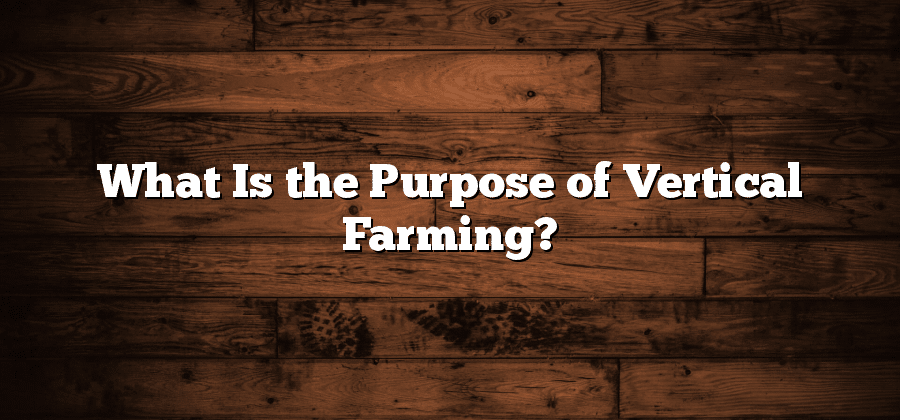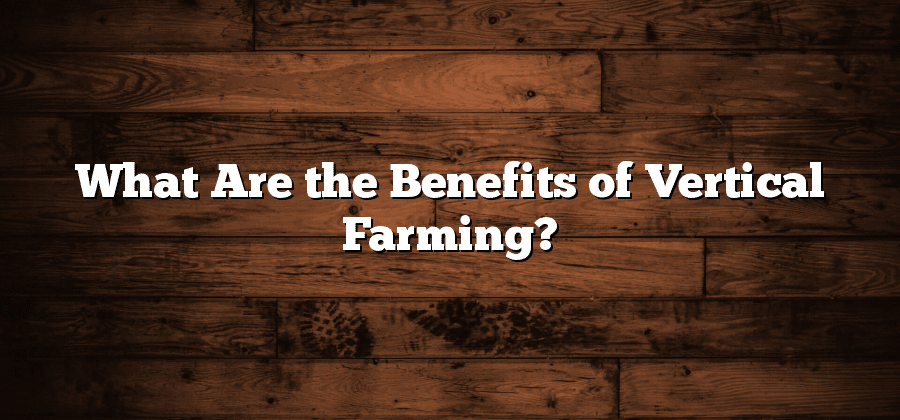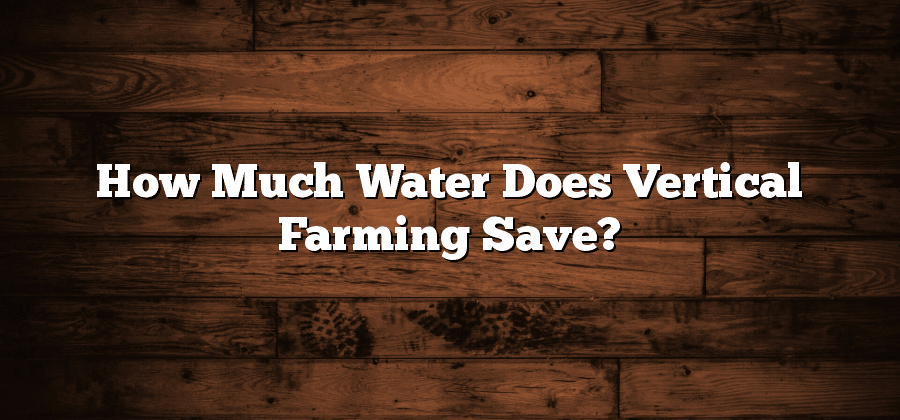Vertical Farming
Vertical farming is an innovative approach to producing food and medicinal plants in vertically stacked layers or vertically inclined surfaces. This cutting-edge agricultural method often incorporates controlled-environment agriculture (CEA) techniques, ensuring optimal plant growth conditions, and may make use of hydroponic, aeroponic, or aquaponic systems. As urban populations grow and arable land becomes scarcer, vertical farming presents a sustainable solution, reducing the need for extensive land, water, and transportation resources. Dive into this category to explore the technologies, practices, and benefits of vertical farming, and discover how it’s revolutionizing the future of food production.
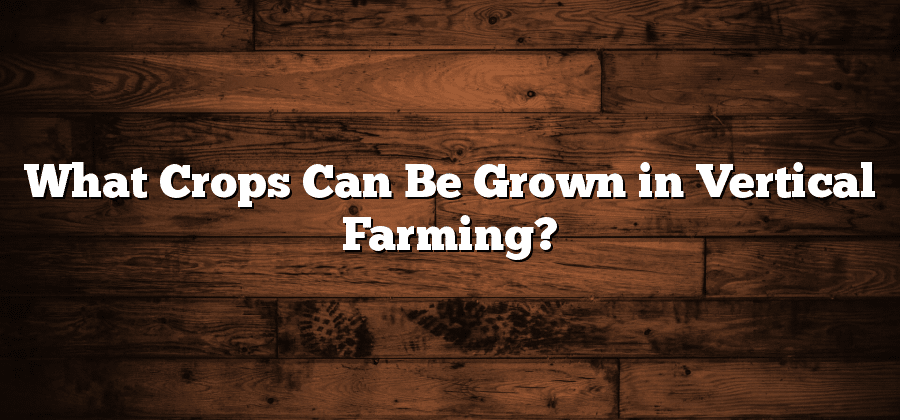
What Crops Can Be Grown in Vertical Farming?
What Crops Can Be Grown in Vertical Farming?
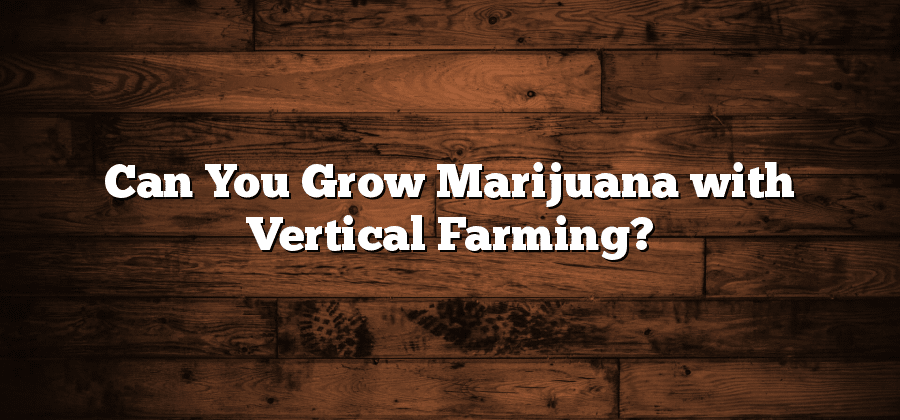
Can You Grow Marijuana with Vertical Farming?
Can You Grow Marijuana with Vertical Farming?
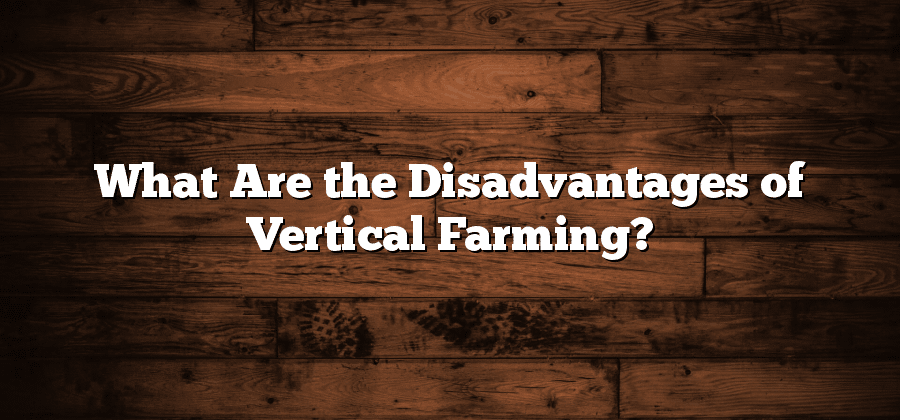
What Are the Disadvantages of Vertical Farming?
What Are the Disadvantages of Vertical Farming?
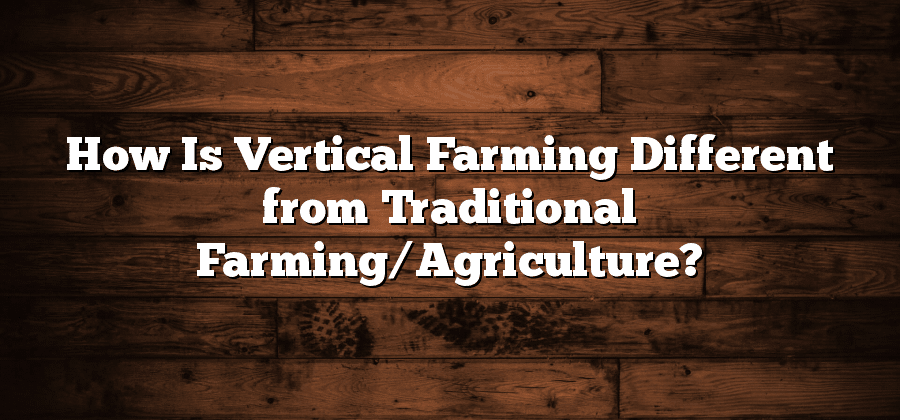
How Is Vertical Farming Different from Traditional Farming/Agriculture?
How Is Vertical Farming Different from Traditional Farming/Agriculture?
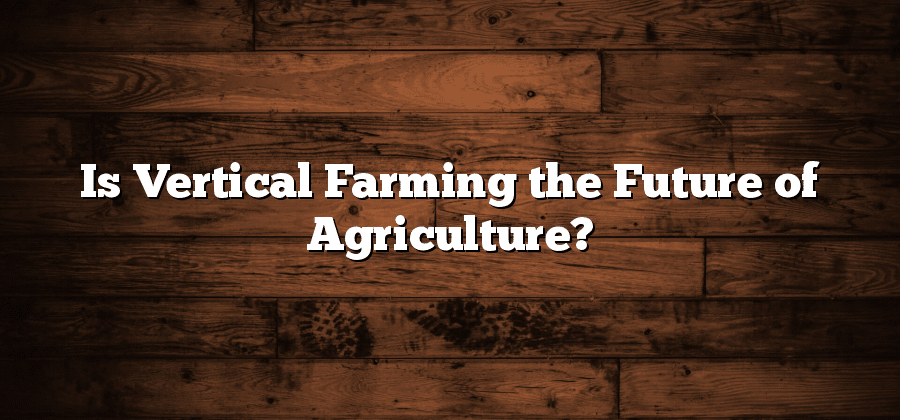
Is Vertical Farming the Future of Agriculture?
Is Vertical Farming the Future of Agriculture?

How Much Electricity Does Vertical Farming Use?
How Much Electricity Does Vertical Farming Use?
